Saving a buck by buying nonorganic produce can cost you your health
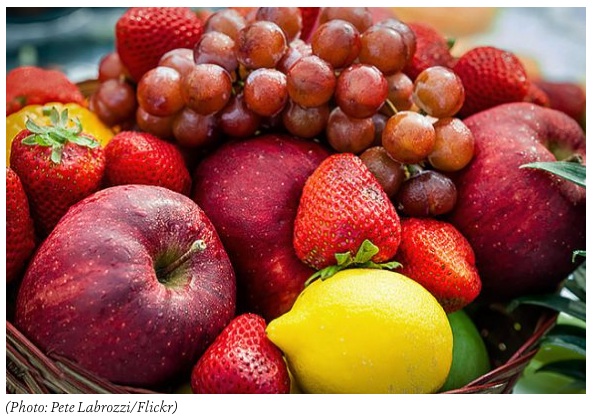
When trying to keep the grocery bill down, organic produce can seem like an indulgence you just can’t afford.
Melanie Haiken's article on takepart.com is a clear guide to making smart food choices. We have reprinted the article here:
It's true—in most cases, you pay more for fruits and vegetables raised with the extra care it takes to protect plants without chemicals. But what are you really bringing home with those savings? Chemicals known or suspected of causing cancer, harming the brain, and interfering with growth and development—not to mention killing off bee colonies that pollinate the plants in the first place.
Parents in particular should be concerned about pesticides, experts say, because they have a more potent effect on children. In the American Academy of Pediatrics’ groundbreaking statement on pesticide exposure in children, the organization warned parents of links to higher levels of childhood cancer, learning disabilities, and behavior problems.
Those health problems can begin before children are even born. Stephen Rauch of British Columbia Children's Hospital studied 300 mothers exposed to organophosphate pesticides during pregnancy and found their babies were born earlier and at lower birth weights than comparable children.
When it comes to pesticides, fungicides, and other chemicals, all crops are by no means equal. Here are the 10 nonorganic fruits and veggies that top the Environmental Working Group's 2014 list of worst offenders.
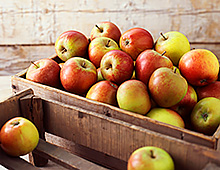
1. Apples
This lunch bag favorite tops the EWG’s list because of the chemical diphenylamine, which growers use to coat apples and prevent the skins from darkening from “storage scald” while in cold storage. According to USDA tests, 80 percent of the apples sampled tested positive for DPA. The European Union banned DPA in 2012 because of the risk that the chemical could combine with nitrogen to produce nitrosamines, which are known to be serious carcinogens. This spring the European Commission restricted DPA on imported fruit to 0.1 part per million; the average concentration of DPA on American apples is four times that. (Apple juice, applesauce, and some pears also tested positive for DPA.)
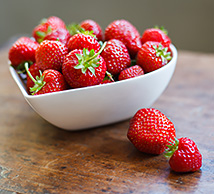
2. Strawberries
To keep these low-lying berries pest- and disease-free, growers use fumigants, most commonly methyl bromide, chloropicrin, and Telone (1,3-D). All of these have been linked to developmental issues, cancer, and hormone disruption in children, according to the Pesticide Action Network North America. Even worse is the fumigant methyl iodide, which the EPA banned in 2012 but can still be used while farmers’ stocks last.

3. Grapes
Would you believe that a single grape tested positive for 15 pesticides? Perhaps the most serious is chlorpyrifos, an insecticide known to sicken farmworkers and others living or working close to fields. Immediate exposure to chlorpyrifos causes coughing, shortness of breath, headache, nausea, dizziness, and disorientation. Studies have shown that long-term exposure is toxic to the brain, particularly affecting brain development in children. (Chlorpyrifos is also commonly sprayed on citrus fruit and nuts.) Two weeks ago, the National Resources Defense Council and PANNA sued the EPA in an attempt to ban the use of chlorpyrifos.

4. Celery
This seemingly innocuous vegetable tests high in dicloran and acephate, both possible carcinogens, along with a laundry list of other pesticides and fungicides.
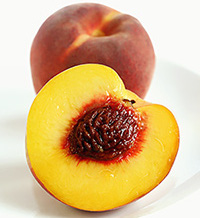
5. Peaches and Nectarines
If you've ever seen a backyard peach tree, you've probably seen peach leaf curl, brown rot, or one of the many other diseases and pests that afflict these trees. Hence the high number of pesticides and fungicides needed to get a high yield of stone fruit to market in unblemished condition. USDA data show that 96 percent of all peaches and 100 percent of imported nectarines test positive for pesticide residue.
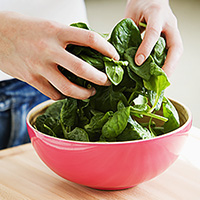
6. Spinach
Among the pesticides used on spinach (and lettuce) are acetamiprid and imidacloprid, two pesticides from the family known as neonicotinoids that are known neurotoxins. Also commonly used on celery, grapes, apples, spinach, lettuce, and most cruciferous vegetables (such as cauliflower, cabbage, and broccoli), neonicotinoids are now restricted in Europe because of their effect on brain development in children.
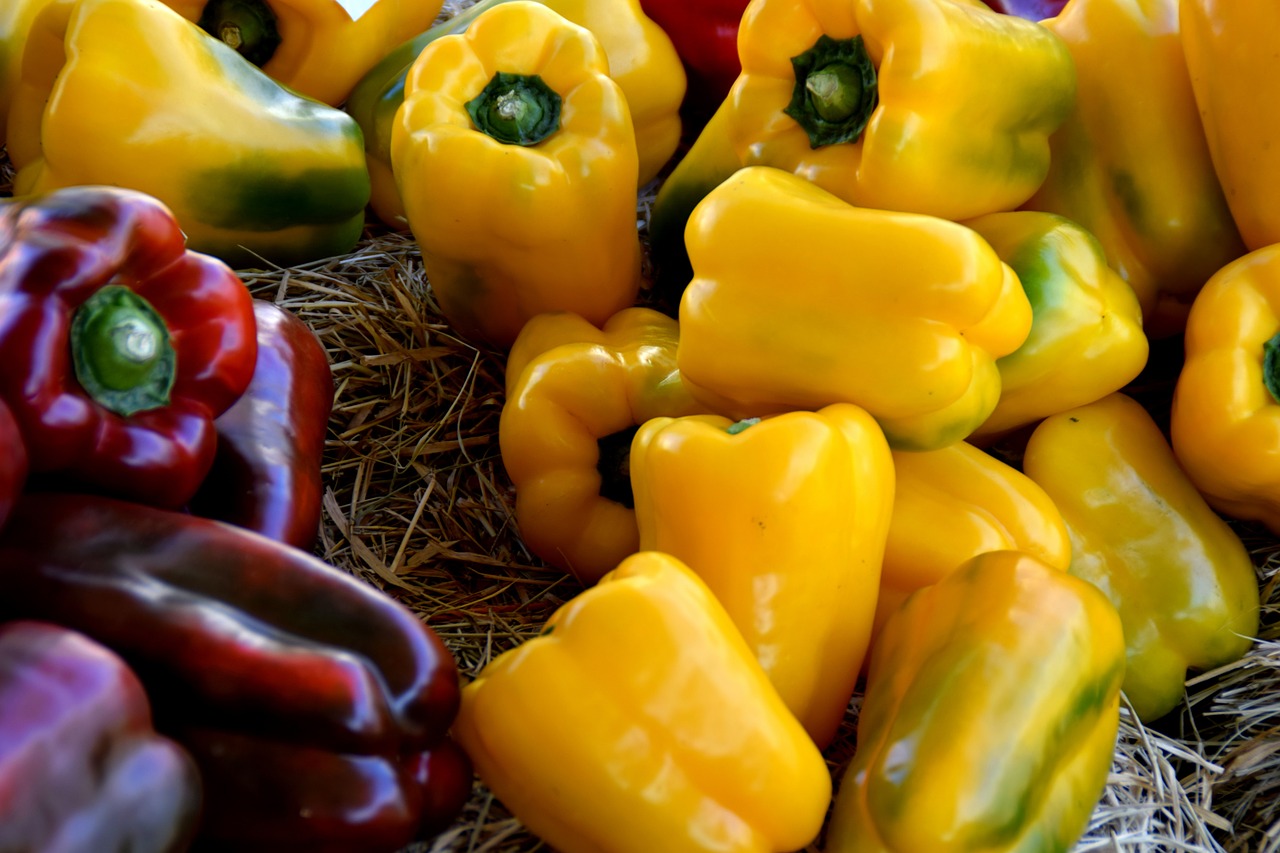
7. Bell Peppers
Residues of 15 pesticides were found on bell peppers, among them neurotoxic neonicotinoids, which harm bee colonies as well as people.

8. Cucumbers
Among the 86 pesticides found on cucumbers were neurotoxins, suspected hormone disruptors, and probable carcinogens. Of particular concern is carbendazim, a fungicide that's considered a probable carcinogen. Carbendazim has been turning up in orange juice and many other food products, prompting FDA consumer health warnings.
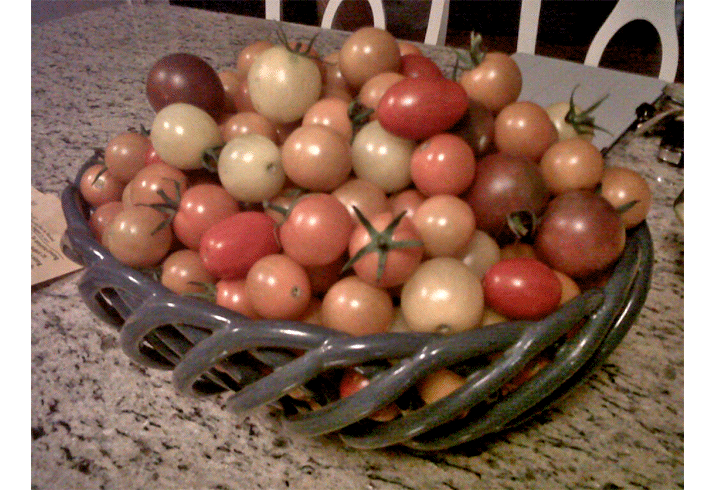
9. Cherry Tomatoes
The many pesticides and fungicides used to keep tomatoes disease-free include insecticides known as endosulfins, which can pose a danger to the central nervous system.

10. Kale, Collards, and Other Leafy Greens
While the amount of pesticide detected on these greens was not as worrisome as on other produce, the types of pesticides detected were. According to tests by USDA, three insecticides banned from use on most crops—acephate, chlorpyrifos, and oxamyl—were found on kale, collards, and other greens (and on hot peppers), earning them the EWG's Dirty Dozen Plus rating.
